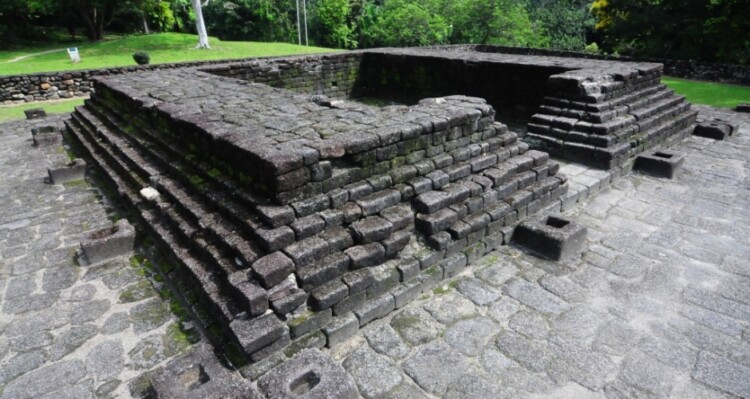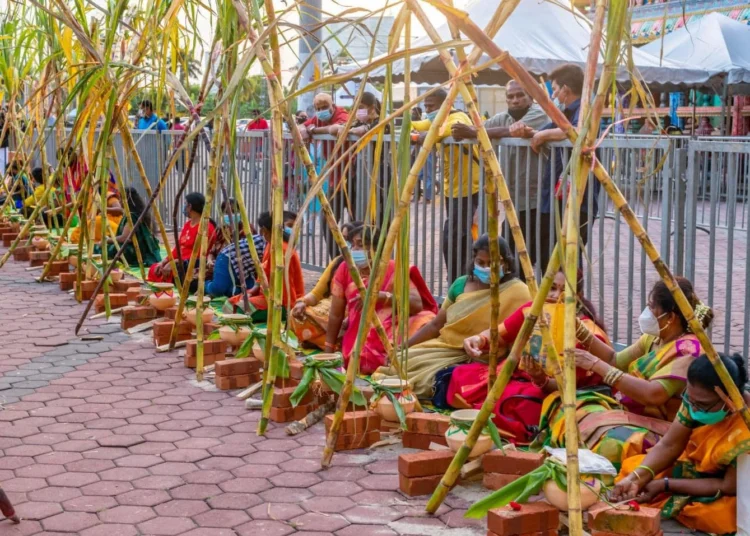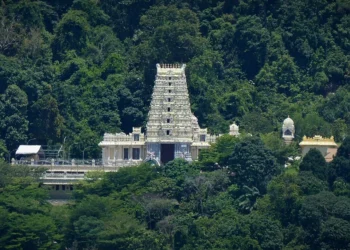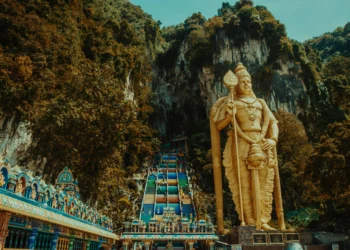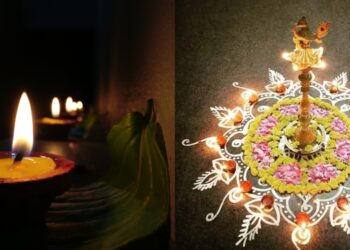Napoleon Bonaparte once said that history is the version of historical events that people have agreed to settle on. However, when it comes to Malaysia such a compromise is not easily settled upon and forgotten.
Researchers agree that the majority of Indians in the peninsula trace their Malayan origins to ancestors who came from India to work in the peninsula in the last 130 years, mainly as labourers.
Having said that, some of us may wonder why aren’t there any monuments representing our ancestry heritage in modern day Malaysia’s Malay Peninsular. However, Indians now have a reason to rejoice upon the discovery of the ancient Kingdom of Kedaram, a Hindu civilisation founded in the Bujang Valley up north. As early as the 3rd century AD, there were already traces of Hindu settlements founded by Indian merchants in the Bujang Valley.
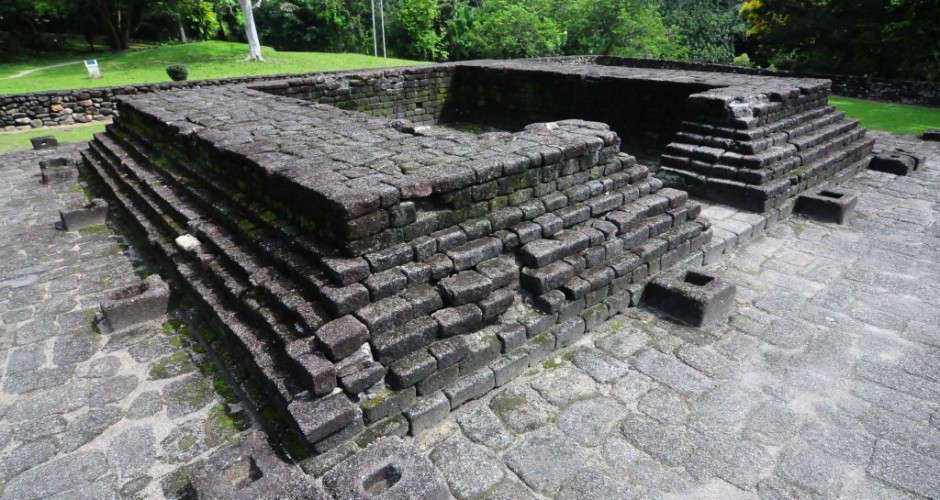
The Bujang Valley or Lembah Bujang is a long-lost Kingdom found
The Bujang Valley is the largest archaeological site, representing iron smelting sites and jetty remains are some evidence of historical value revealing that the kingdoms of Kedah had contact with the kingdoms of South India, and there was already a well-established sea trade road. It occupies hundreds of square miles and the temple houses remain, date back to over 2,000 years. That is as old as the lifetime of Jesus Christ!
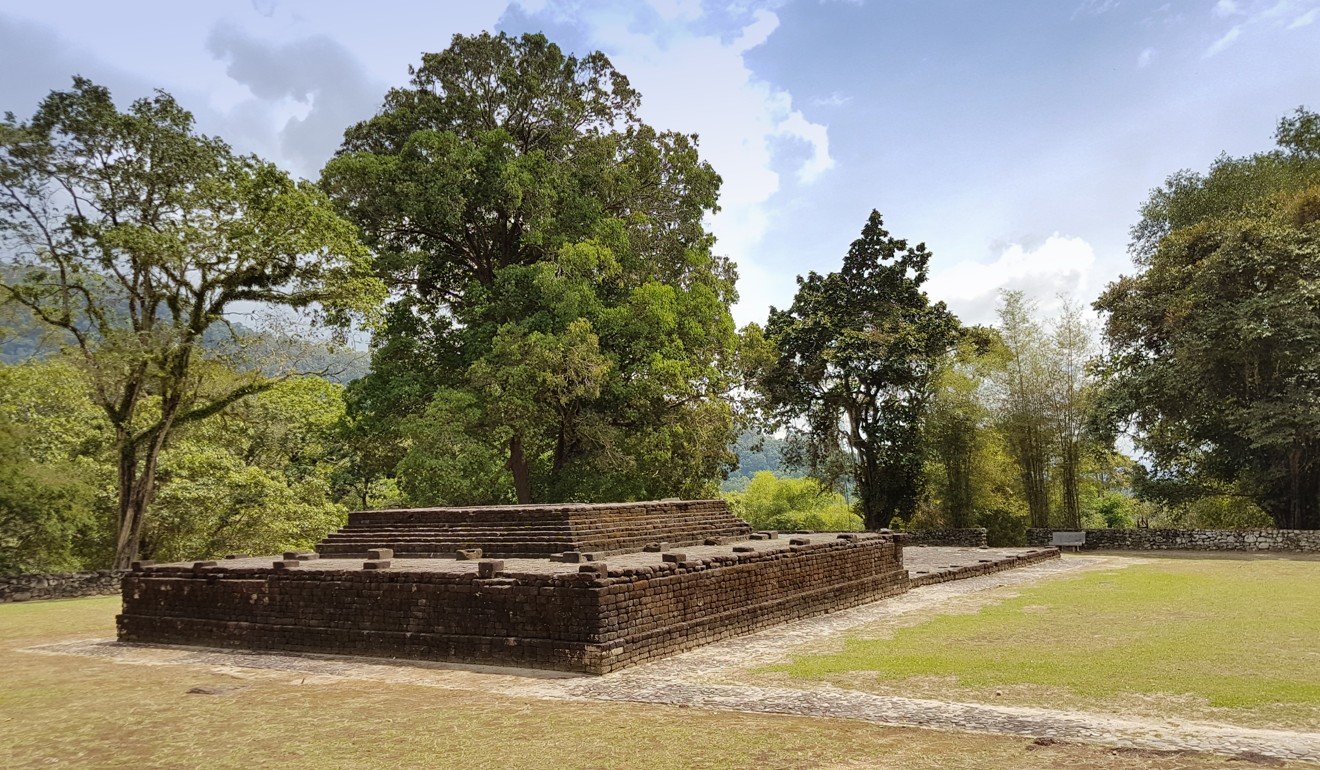
Based on geological evidence, Bujang Valley or Lembah Bujang remains as the oldest civilisation throughout Southeast Asia
This ancient Hindu temple, established more than two centuries ago is evidence of Indian influence in the Malay Peninsula.
The Bujang Valley significance as a trading point
During Malacca’s 15th century and Singapore’s 19th century, it was the most important port of entry. The Bujang Valley was a mid-way centre for the Arab countries, India and China. It was discovered by excavation, making it the oldest man-made structure in South-East Asia to be documented.
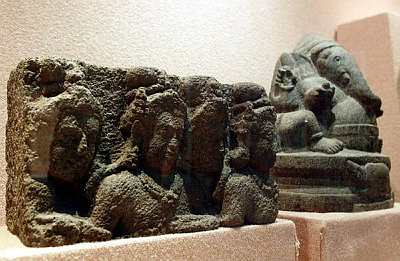
Considering that not all of the scriptures and writings survived, many of the historical elements are still obscure. And the temples did not survive the onslaught of old age because over the past 1,200 years their wooden roofing has rotted and withered. The museum itself is insufficient and uncoordinated, with many of its artefacts dispersed elsewhere to the Museum Negara to Singapore (which was once part of Malaysia). A majestic empire of gems and gold also offers space for folk tales and oral history.
Inscribed Crafted Stones
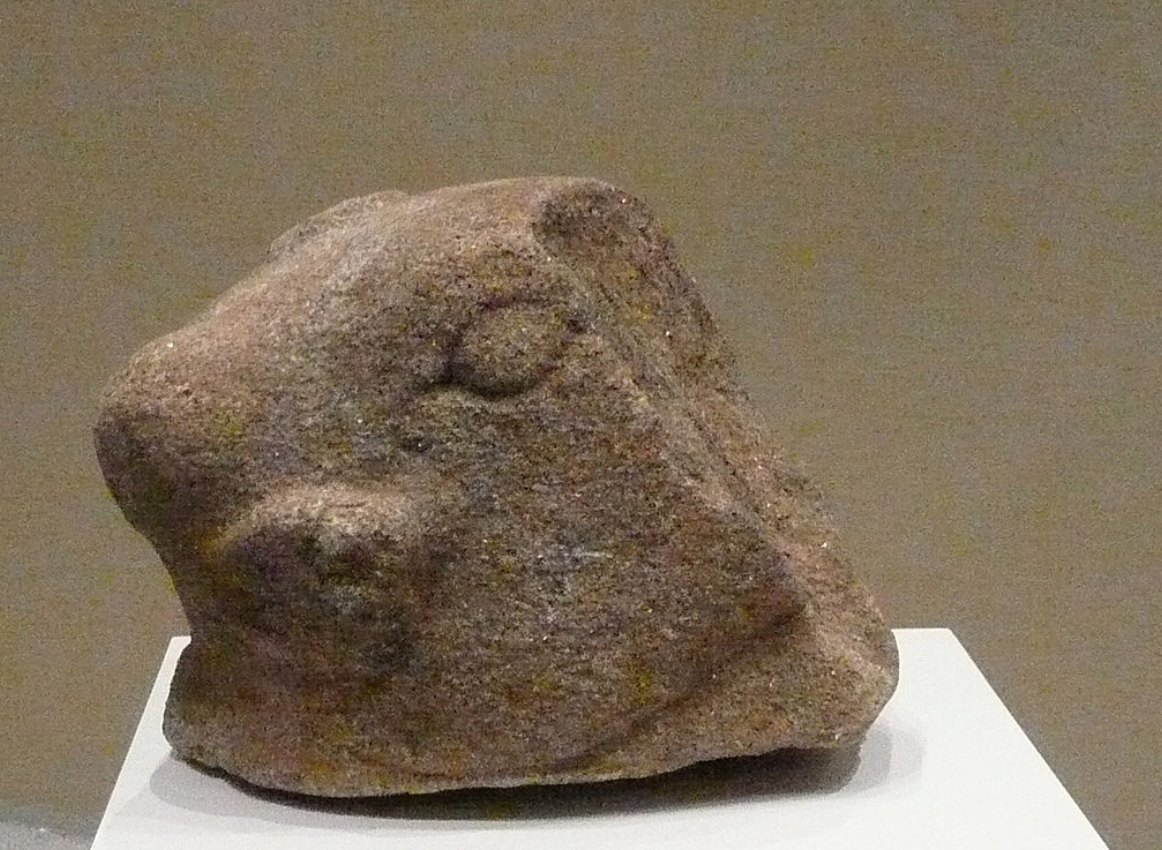
An inscribed head of Nandhi, was found near the site of Bujang Valley.
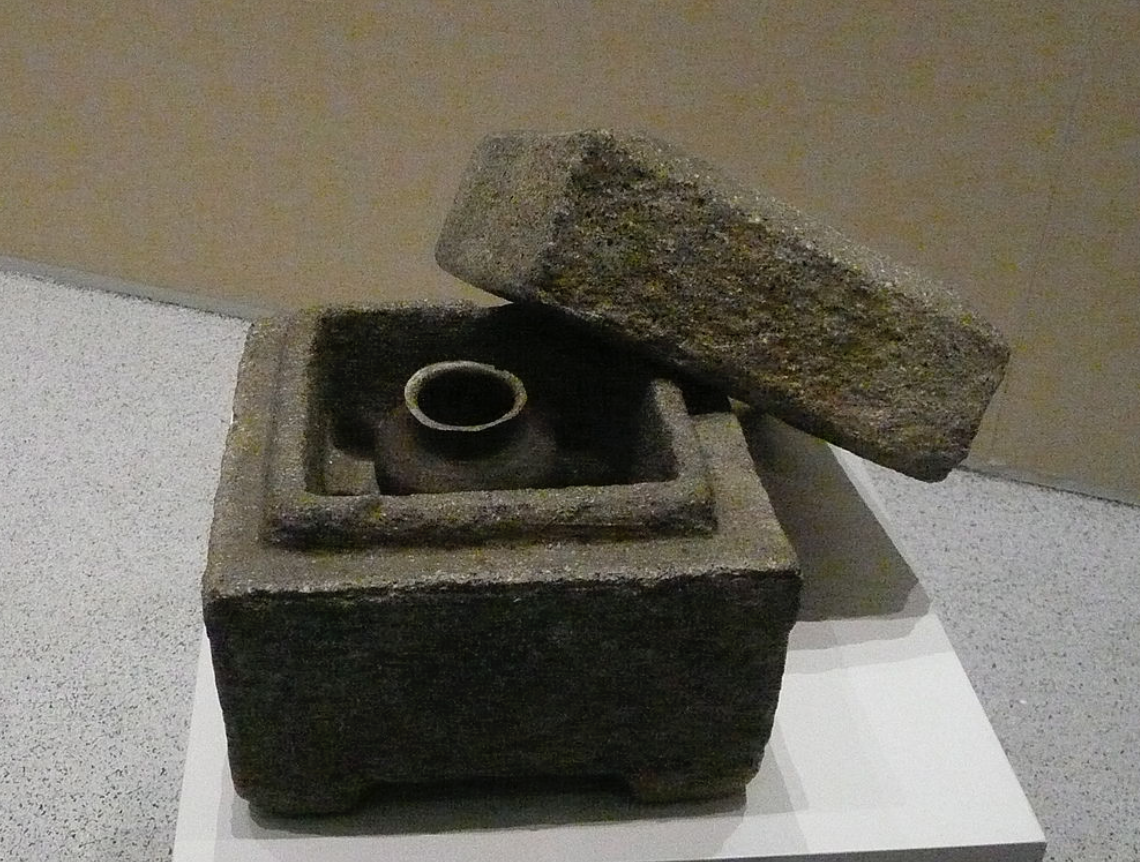
One of the six boxes of stones found buried beneath Candi Bukit in Batu Pahat.
Current updates on the Bujang Valley
The Bujang Valley is currently in the process of being added to the UNESCO World Heritage List by Malaysia in 2013. The government declared in 2017 that further exploration and restoration efforts would be conducted in the valley to maintain its outstanding universal significance that was once a bustling port and prosperous kingdom.
For historical enthusiasts, they may opt to visit the museum as it becomes nearly impossible to exit the Bujang Valley without having gained any knowledge and perspective about the background of the South Indian Kingdom.
Follow us on Instagram, Facebook or Telegram for more updates and breaking news.


